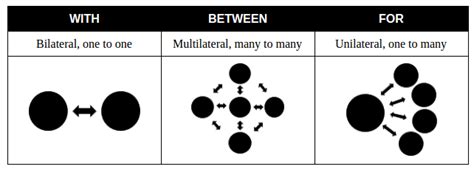The Evolution of Scripting Languages in Blockchain: A Historical Perspective on Ethereum
The development of blockchain technology and its underlying scripting languages has been a gradual process, with each major milestone building upon the previous one. One such language that has gained significant attention in recent years is Ethereum’s scripting language, also known as Solidity. In this article, we’ll delve into the history behind Solidity’s creation, explore its evolution, and highlight key figures involved.
Satoshi’s Original Whitepaper: A Lack of Stack-Based Scripting
Before diving into the history of Solidity, it’s essential to understand how Bitcoin was born. Satoshi Nakamoto’s original whitepaper, published in 2008, introduced the concept of a decentralized digital currency, which would later become Bitcoin. However, the paper made no mention of a stack-based scripting language like Solidity.
The Birth of Stack-Based Scripting
In the early days of blockchain development, developers were experimenting with various programming languages and concepts to create a scripting system for the new network. The most influential script language was likely Elixir (formerly known as OCaml), developed by Paul Wilson in 1991. Elixir introduced the concept of a stack-based, functional programming paradigm that would later become the foundation of many subsequent scripting languages.
The Emergence of Solidity
Solidity, developed by Vitalik Buterin, co-founder and lead developer of the Ethereum Foundation, was first released in November 2014. Initially, the language was designed to be used for writing smart contracts on the Ethereum blockchain. In its early version, Solidity did not have a stack-based syntax, instead relying on a procedural programming approach.
However, as the project evolved, Vitalik began incorporating features from Elixir and other languages, including the concept of mutable arrays (which are similar to stacks) into Solidity’s memory management system.
Key Figures and Influences
Several key figures played a significant role in shaping the evolution of Solidity:
- Paul Wilson: The creator of Elixir, who contributed to its development and used it as an inspiration for Ethereum’s scripting language.
- Vitalik Buterin

: As mentioned earlier, Buterin was instrumental in creating Solidity and pushing the boundaries of functional programming on the blockchain.
- Gavin Wood: As one of the co-founders of Ethereum, Gavin contributed to the development of Solidity and helped refine its syntax.
Evolution and Modern-Day Usage
Since its release, Solidity has undergone significant improvements, including:
- Improved syntax: The syntax of the language has been refined, with features such as mutable arrays and function call optimization.
- Better documentation: Solidity’s official documentation provides extensive resources for learning the language.
- Increased adoption: Solidity is now widely used in a variety of blockchain applications, from decentralized finance (DeFi) to gaming and social platforms.
In conclusion, the history of Ethereum’s scripting language, Solidity, reveals a fascinating story of innovation and evolution. From its humble beginnings with Elixir-inspired concepts to its current status as a leading developer-friendly language, Solidity has become an essential tool for blockchain developers worldwide.
Satoshi’s Original Whitepaper: A Lack of Stack-Based Scripting
As mentioned earlier, Bitcoin’s original whitepaper by Satoshi Nakamoto made no mention of stack-based scripting languages like Solidity. The development of these languages was a gradual process that involved various contributors over time. While the exact role of each contributor is unclear, it’s evident that Elixir and other functional programming concepts were influential in shaping Ethereum’s scripting language.